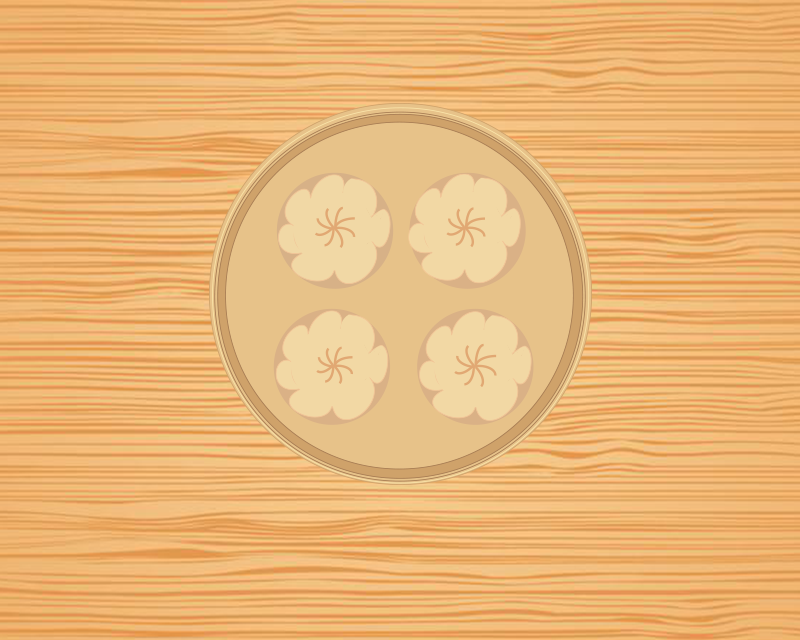By YOUNGSEO JHE, ANDREA KWON
The burning hot dumplings from the bamboo steamer drew the customers toward the center of the table, as all eyes focused on four pieces sitting in the steamer. Steam rolled off the dumplings, creating a whisk of white smoke in the air and carrying the magnificent scent of the dumplings with it. Hurriedly picking them up with chopsticks, we were eager to find a sense of extraordinary pleasure within each individual dumpling.
The Chinese have eight major cuisine types divided by region. Dim sum comes from Guangdong province—which represents Cantonese cuisine—and is a dish often served with tea. The tradition of enjoying tea and dim sum together dates back to the age of the Silk Roads. Initially, the dish was developed exclusively for the emperor and the wealthy, but later spread to commoners through teahouses. Exhausted farmers and travelers would stop by teahouses scattered along the Silk Roads and feast on some dim sum.
Although people originally ate dim sum as savory snacks served in small portions, the dish has expanded to form a significant part of Chinese culture, such that it is one of the first dishes that come to mind when you think of Chinese cuisine. To enjoy this signature food, we visited Goldfish Dim Sum Cuisine, a restaurant located in the alleys of Apgujeong Rodeo. The store had a classy interior, with brown wooden tables and dim lights. Most of the dim sum dishes were priced at ₩7,500. Besides dim sum, Goldfish also offered plates like sweet and sour pork and Chinese-style scrambled eggs with vegetables.
In order to try and taste as many of the items on the dim sum menu as our stomachs would allow, we ordered three different dim sum dishes and one noodle dish called mala beef noodle soup.
Xiaolongbao
The first menu served to us was xiaolongbao, known in English as soup dumplings. Xiaolongbao has a comparatively short history; most people concur that a man called Huang Mingxian invented this dumpling type around 1875. As its English translation suggests, xiaolongbao was a bit different from the other two dim sum dishes we ordered in that it contained steaming hot soup. Once we gently tore a hole in the dumpling skin with our chopsticks, the broth inside gushed out, warming our mouths with delicious soup. Though the skin of the xiaolongbao seemed a bit dry, the savory soup within compensated for the dryness, creating an overall satisfying taste.
Har Gow
Har gow was the second dish we enjoyed. This dim sum type is known to have originated in a Guangzhou village called Wufeng in the 1930s. Rivers surrounded the village during that time, so cooks could make har gow using fresh shrimp straight out of the water. The har gow at Goldfish was yet another tasty delight. The translucent wheat starch skin of the har gow added a sense of chewiness to the dim sum’s texture, a perfect match with the juicy, plump shrimp filling.
Siu Mai
Siu mai is a staple dish in Cantonese cuisine. It is believed to have risen during the Tang Dynasty, when it was supplied at teahouses as a small snack. Although the siu mai we ate at Goldfish also had shrimp filling, the pork mixed within gave the dish a special twist. The flavorful combination of pork and shrimp in a single dumpling made for a nice last touch to our dim sum tasting.
In general, going to Goldfish felt like a great dinner choice, though a little costly, at ₩42,200 in total. After we finished our meal, we found out that we had not tasted the most popular items on the menu, which made us a little disappointed. We were a bit unsure of what to order and ended up eating dishes that we were most familiar with. Aside from this, Goldfish is definitely a restaurant that we will revisit and would recommend to others.

